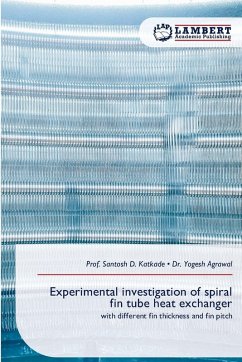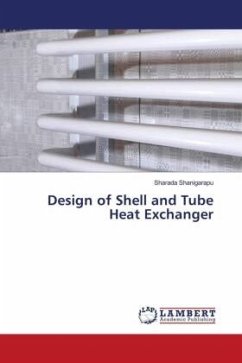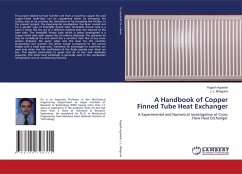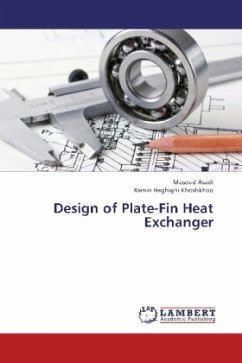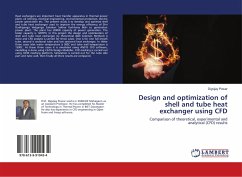In this book heat exchanger was tested with varying fin thickness and fin itch of aluminium tube. The fin geometry, material thermal conductivity, boundary condition at the fin tip, and heat transfer coefficient (h) at the fin surface all affect how effective a composite-based fin is. Heat transfer for forced convection was calculated using an aluminum test piece with composite-based fin thicknesses of 0.5, 0.6, and 0.7mm and fin pitches of 4.23 and 6.35 mm. The findings show that a 4.23 mm spacing optimizes heat transfer, indicating that more fins are more effective. Colburn's factor (j) was calculated for forced convection on an aluminum sample with helical fin thicknesses of 0.5, 0.6, and 0.7 mm and composite-based fin pitches of 4.23 and 6.35 mm. The test findings show that the Colburn factor (j) is seldom affected by composite-based fin pitch. An aluminium test specimen with helical thicknesses of composite-based fins like 0.5milimeter, 0.6 mm, and 0.7 mm with composite-based fin pitches of 4.23 mm and 6.35 mm have been used to compute friction coefficient for forced convection. Heat transfer effectiveness was raised by using this method.
Bitte wählen Sie Ihr Anliegen aus.
Rechnungen
Retourenschein anfordern
Bestellstatus
Storno

